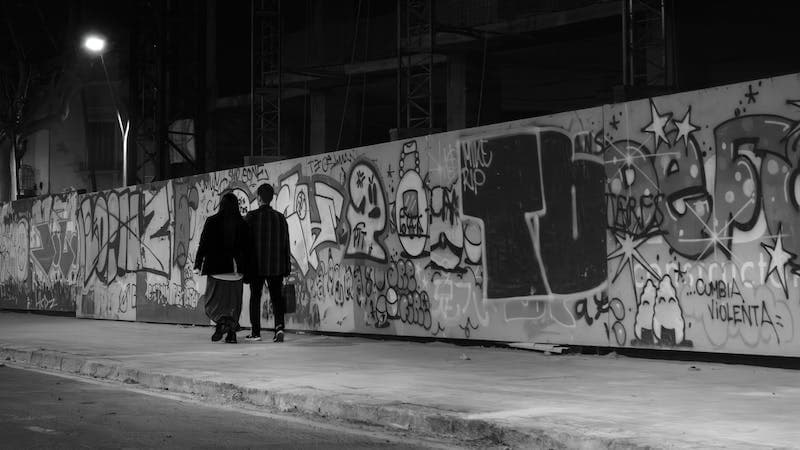Art courses serve as portals to a large and vibrant field of creativity, offering people the opportunity to explore and express themselves through various artistic mediums. In Sweden, a country with a rich cultural heritage and a deep respect for the arts, these courses are the gateway to unlocking the secrets of Swedish creativity. We want you to learn more about this cultural stratum and perhaps help scale it up yourself.
Art Courses: Nurturing Creative Souls
Art courses are more than just educational programs, they are sanctuaries where creative souls find a home. From drawing and painting to sculpture and digital technology, these courses provide a platform for people to discover and develop their artistic abilities. For beginners who want to get involved in the art world or experienced artists who want to hone their skills, art courses offer a structured yet free space for self-expression. Swedish art courses also play a key role in this intergenerational exchange. When seasoned artists share their experience and techniques with emerging artists, a bridge is formed that connects the wisdom of the past with the energy of the future.
The Swedish Art Scene: A Tapestry of Tradition and Modernity
Sweden, with its long and storied history, boasts an art scene that is both steeped in tradition and flourishing with modernity. Traditional Swedish art reflects the nation’s connection to nature, folklore, and a sense of simplicity that permeates its aesthetic. On the other hand, contemporary Swedish artists push boundaries, exploring new mediums and themes that resonate with the complexities of the modern world. The Swedish art scene, therefore, becomes a dynamic tapestry that weaves together threads of heritage and innovation.
Expressing Identity: Art as a Reflection of Culture
Art in Sweden is not just a collection of aesthetically pleasing creations, it is a living, breathing testament to the nation’s history, values, and aspirations. It is impossible to delve into the artistic landscape of Sweden without coming across the timeless works of Carl Larsson. His paintings, such as Breakfast Under the Big Birch and The Cancer Party, offer a glimpse into the idyllic life of a Swedish family at the turn of the 20th century. Larsson’s ability to imbue ordinary moments with a sense of warmth and nostalgia has made his art not just a visual feast, but also a cultural landmark. The rich history of Swedish art goes far beyond Larsson’s era. Contemporary artists contribute to this ever-evolving narrative in their various forms. From the vibrant street art of Gothenburg to the thought-provoking installations in contemporary galleries in Stockholm, Swedish artists are constantly pushing the boundaries and challenging societal norms. It is a dialog between tradition and modernity, where the past is recognized and the present is a canvas for innovation. The social impact of Swedish art is tangible. Installations and exhibitions often serve as a mirror reflecting the collective consciousness of the nation. Issues such as environmental sustainability and social equality and cultural diversity are reflected in these paintings and sculptures. Artists act as cultural commentators, providing the public with a lens through which to scrutinize and reflect on pressing issues. In a country known for its progressive politics, art becomes a visual forum for discussions that shape the national discourse.
In fact, the key aspects that emphasize the role of art in reflecting the soul of Sweden are:
- Historical heritage
- Contemporary expression
- Cultural commentary
- Progressive discourse
Beyond Borders: Swedish Art in the Global Context
Deeply rooted in cultural soil, Swedish art has also transcended geographical boundaries and influenced the global art scene. From renowned artists such as Anders Zorn to contemporary provocateurs who challenge social norms, Swedish artists have left an indelible mark. The art courses, with their emphasis on individual expression and exploration, contribute to this global dialogue.

Conclusion
Art courses serve as a palette from which to draw the colors of creativity, and in the context of Sweden, this palette is rich in hues that reflect centuries of artistic evolution. Whether they are learning the basics or delving into complex techniques, participants in these courses make contributions that open up the endless possibilities that lie within the realm of artistic expression.